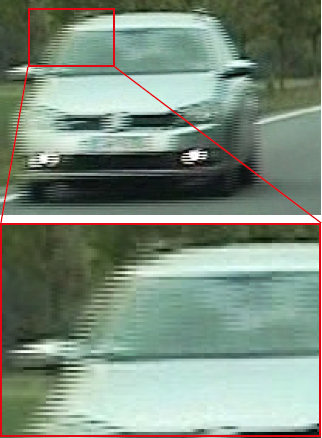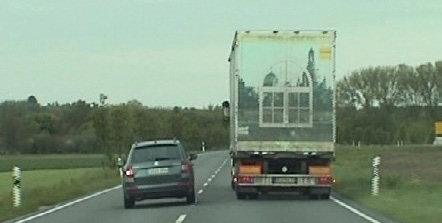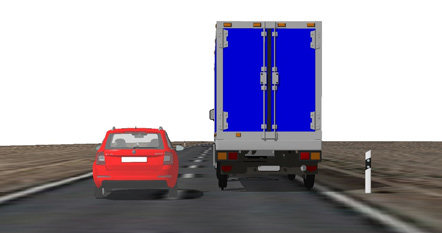More information
Main author
Michael Weyde
Co-Authors
Björn Kurzke
Type of media
Publication type
Lecture
Publication year
2018
Publisher
27. EVU Conference, Dubrovnik
Citation
-

Generally speaking it is not possible to provide unequivocal proof of fraudulent damage claims. Yet, other than EDR, video images from dash cams lend themselves to reconstructing the driving behaviour of the parties involved in an accident with such accuracy that when carefully appraising all the evidence it is possible consistently to deduce whether a collision has been caused deliberately. The opportunities afforded by video evaluation are, however, limited when the frame rate is too low and/or the image resolution is insufficient. Yet some modern dash cams have full HD mode which, as a rule, provides sufficiently high image quality and resolution during daylight hours to allow evaluation. During the hours of darkness accident reconstruction is, however, limited due to a lack of detailed reference points. Furthermore frame rates of below 10 fps do not allow detailed evaluation of dynamic behaviour during road traffic accidents. Frame rates of at least around 30 fps are needed for a sufficient chronological and geographical analysis of the movements of the vehicles other than the vehicle equipped with a dash cam depicted in the video as well as the movements of the dash cam vehicle itself provided there are sufficient reference points at the concrete locality. In such cases, and based on traditional accident prevention considerations, it might well be possible to differentiate between driving behaviour typical for trying to avoid the accident and driving behaviour typical for intentionally causing an accident. From a technical point of view typical for intentionally caused accidents is not the mere lack of a suitable avoidance strategy but the interruption of the initial avoidance strategy particularly if it was only such an interruption which allowed for the collision to happen.



(EVU-members can download the full article)